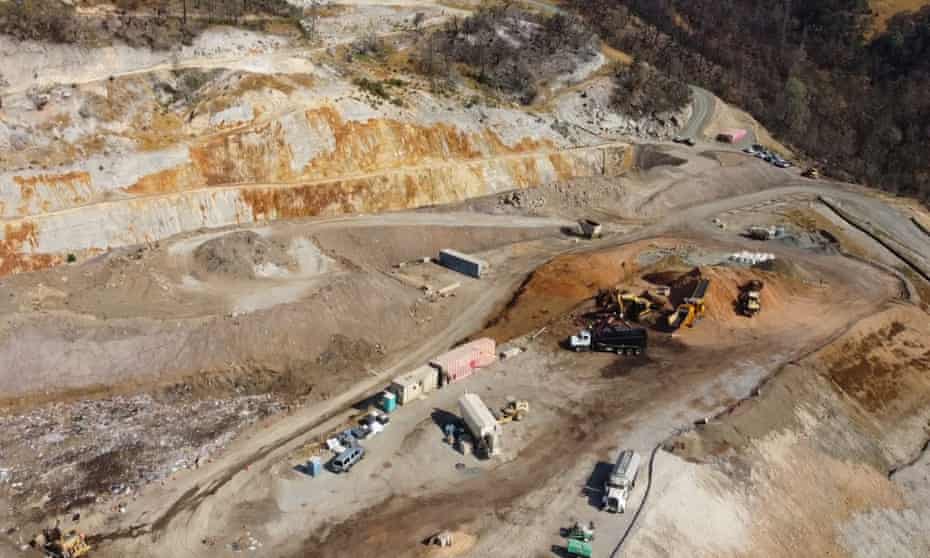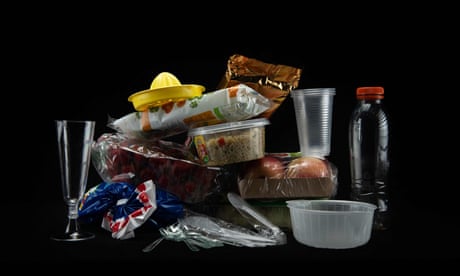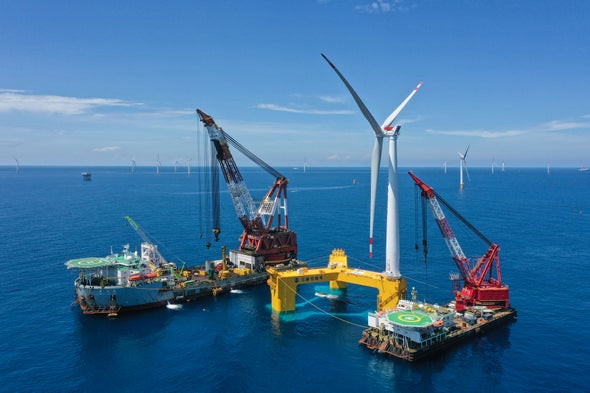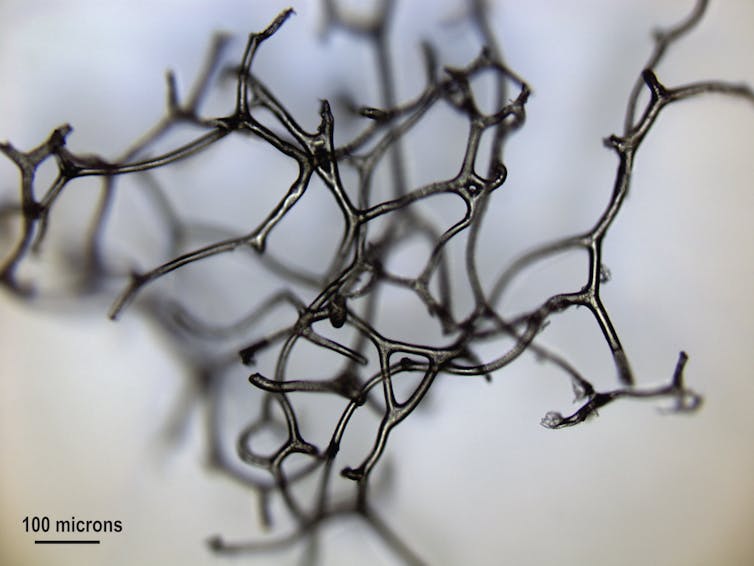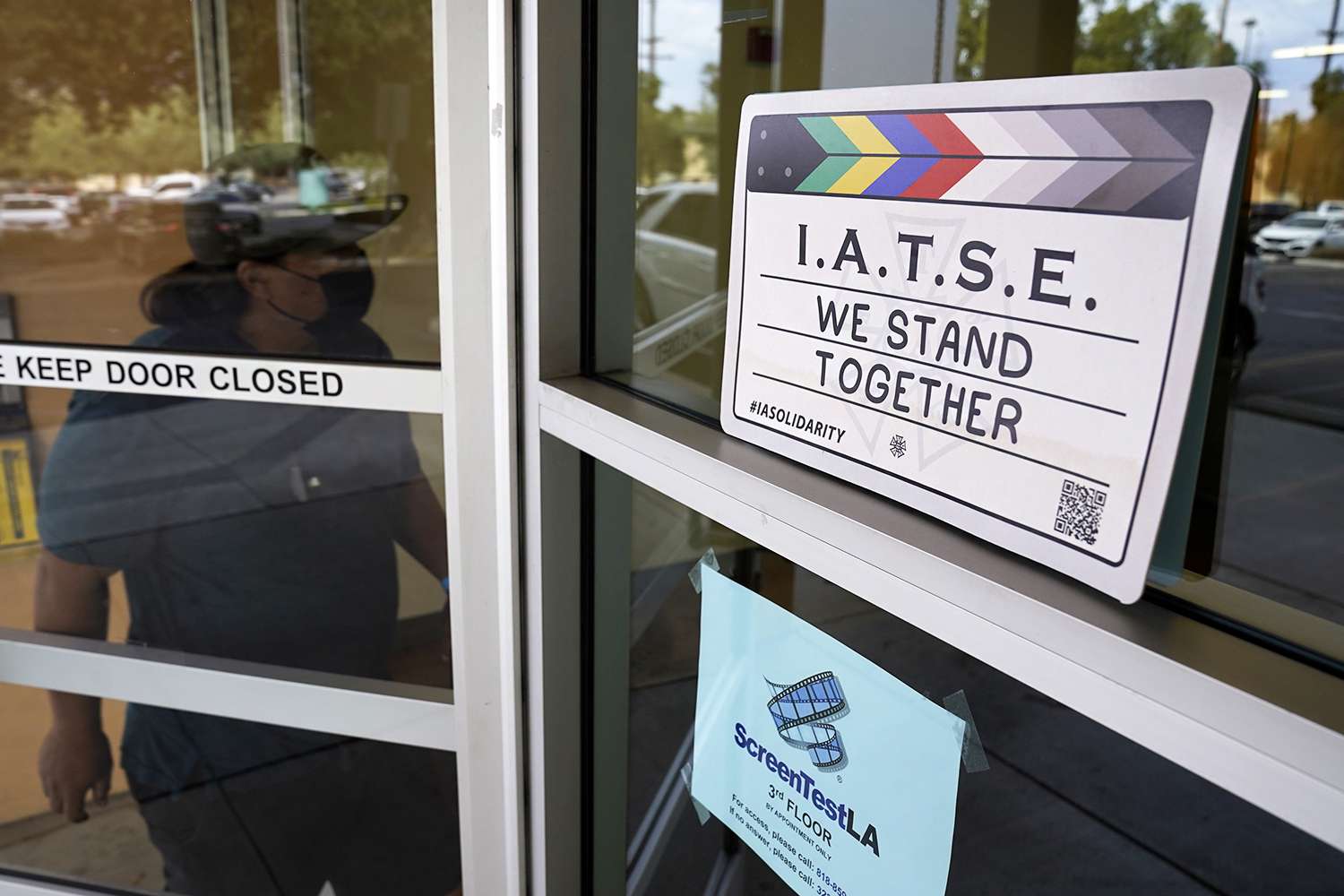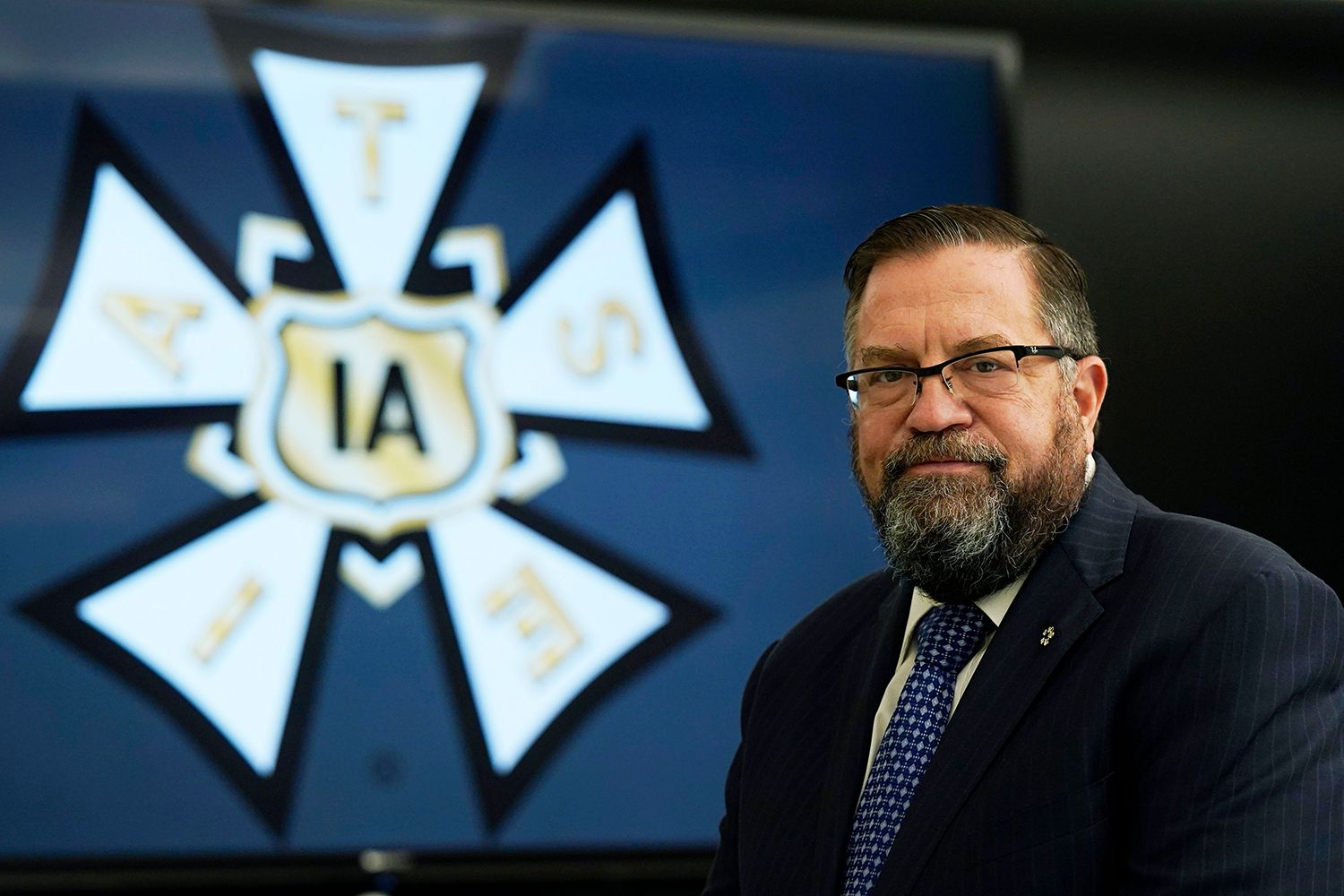With courage and ambition, those born into the reality of global heating are leading the way in confronting it. Ahead of the crucial Cop26 conference, we talk to young activists around the world. Introduction by author Olivia Laing
Sun 17 Oct 2021

From left, top to bottom: Vic Barrett, José Adolfo Quisocala, Anjali Sharma, Noga Levy-Rapoport, Ella Meek, Fionn Ferreira, Marinel Ubaldo, Aadya Joshi, Lesein Mutunkei, Isabel Wijsen, Scarlett Westbrook, Melati Wisjen, Amy Meek, Yusuf Baluch, Iris Duquesne, Hilda Flavia Nakabuye, Disha Ravi, Autumn Peltier, Jamie Margolin, Mya-Rose
Autumn Peltier, 17, Canada

“I was eight years old and attending a water ceremony in a First Nations community not far from mine,” says Autumn Peltier, recalling the moment that spurred her to become a clean-water advocate. “I went to the bathroom and all along the hallways there were signs that read ‘Do not drink the water’ and ‘Boil water advisory in effect’.” Quizzing her mother afterwards, she learned that the drinking water in this community, in northern Ontario, Canada, had been contaminated for 24 years.
Now, aged just 17, Peltier is chief water commissioner for the Anishinabek Nation. She first attracted attention when, at the Assembly of First Nations in 2017, she told prime minister Justin Trudeau that she was “very unhappy” with his record on water protection and oil pipeline projects.
The following year, she addressed world leaders at the UN General Assembly on the subject of water pollution. “Those platforms tell me that my message is being heard and Canada has to answer at that level,” she says. “It shows me I’m being effective for the water, the children and our rights as indigenous people of this land.”
If you could make one change… “I would encourage any new member of parliament to spend a week on the land and in a community that can’t drink water and live in the houses that need repairing. Have the ones in power experience what we are fighting for and why we do this advocacy work.” KF
READ THE OTHER BIOS HERE
Gen Z on how to save the world: young climate activists speak out | Environment | The Guardian


